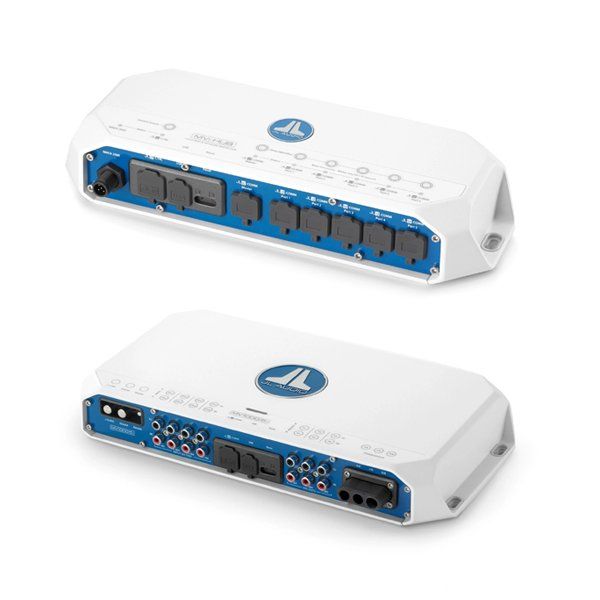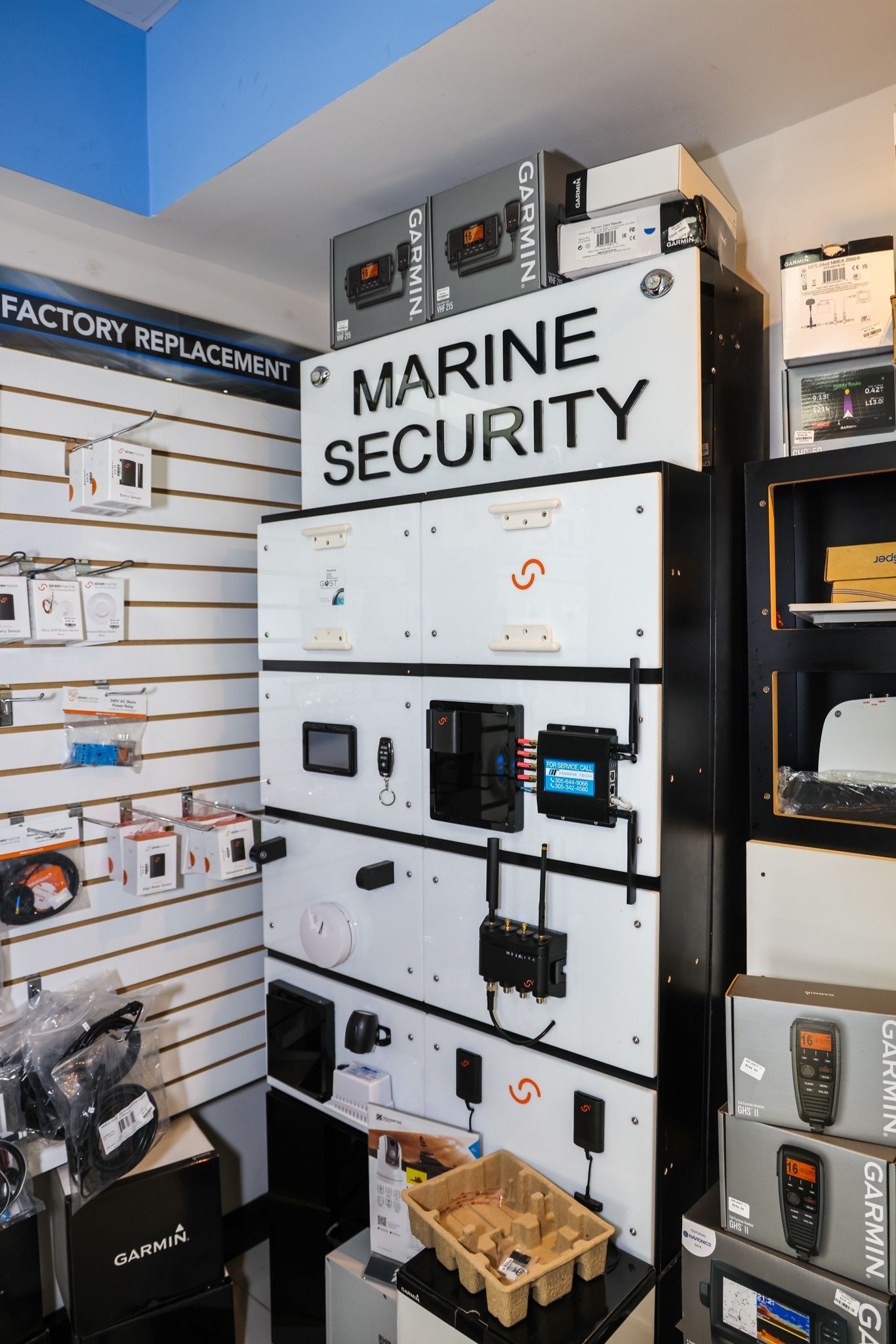Gain Control and Volume
The first two things will be focusing on is the gain control and volume. First, you want to make sure that the stereo is shut off and the RCA cables are disconnected. Next, you’ll want to turn the stereo back on and turn the volume of the radio to the max level without playing any music.
Next, turn the volume back by at least 80 percent of the maximum. Your radio equalizer should also be set to “flat”. Then you want to set the bass boost and gain levels to zero and the crossover filters to full or off.
Finally, plug the RCA cables back into the amp that you want to tune. Now, here comes the fun part, get a test CD specifically for tuning or play some of your favorite music. Next, you’ll need to slowly turn up the gain until you hear distortion (then pull back on the gain level until the distortion noise is gone).
At that point, you have set the base gain that will be used for tuning frequencies (which is our next step).
Tuning frequencies
This step will be depending on whether you not you have subwoofers or speakers. If you have subwoofers, choose the low pass filter. For speakers, choose the high pass filter.
Now, you’ll need to find the frequency range. What you’ll need to do is make the adjustments necessary to make sure your lowest frequency is matched with what the speakers are rated for. If you’re using speakers, adjust the HPF to wear the dial aligned with the lowest frequency.
For subwoofers, it’s similar. Using the LPF, you want the dial to be aligned with the highest frequency.
Setting the bass boost
If you want that thumping noise from the bass to be thick, this is where you want to set up the bass boost. Keep in mind that bass boost can shorten the lifespan of your audio amp. Another thing to make a note of is that it’s very tricky to set up.
If you need to turn up the bass boost, you’ll need to turn down the gain. It’s all about finding the right combination without screwing up the sound quality. This is where “playing it by ear” is your best option over everything else.
Setting the gains
Now that you have the frequencies and bass boost right where you want them, now it’s time to finally set the gains. It should be at 80 percent while you are playing music. Again, tune the gain until you hear distortion (then pull it back until it dissipates).
Wrap it up
The last thing you need to do is reconnect the amplifiers. Be sure that your radio volume is turned down to zero while doing this. Once you have everything reconnected, turn the radio volume back up to around 80 to 100 percent.
You should be able to turn up the volume at this level without hearing any kind of distortion. If you hear any kind of distortion, be sure to adjust the gain until you can no longer hear it. You should also keep in mind that different kinds of music may also need to be played to ensure everything sounds great (minus distortion).
Should you use a multimeter?
One of the common tools people use when tuning an amp is a multimeter. This is a small tool that is designed to prevent you from overpowering the amp (or damaging it due to an electrical surge). If you plan on setting the amp to an appropriate voltage, remember the following formula:
Amp = V(P.Q) (Volt)
P: This stands for the power of the amp.
Q: Stands for resistance.
You will find the power of your amp inside your owners manual. Using the multimeter, it will show you how high you need to adjust your amp so that it works properly without any electrical surges. Also, there are JL Audio amps that operate at different voltage levels.
Some will need more voltage compared to others. If you need a voltage chart for your specified amp,
this page will have that exact information. You can use the multimeter to measure the voltage and make adjustments when needed.
Final Thoughts
If you own a JL Audio Amp, tuning it is simple. By following the steps above, you’ll be able to tune it with ease so you get excellent sound quality without any kind of distortion. You can listen to your favorite music while driving or while you’re cruising out on the lake in your boat.
There are plenty of JL audio amps out there each delivering excellent sound quality. Find one that fits your vehicle, install it, and tune it up. Before you know it, you’ll be cranking it up and be quite impressed with the sound.
This method of tuning your amp is roughly the same regardless of which brand you go with. It’s as simple as adjusting the gain and bass boost. While the bass boost really enhances the sound, you shouldn’t use it too often. You want your amps to last a long time rather than be short-lived.





